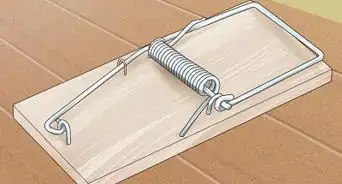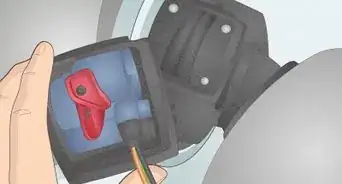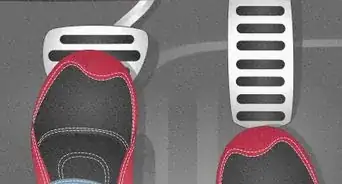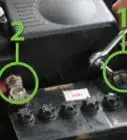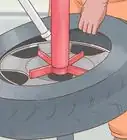wikiHow is a “wiki,” similar to Wikipedia, which means that many of our articles are co-written by multiple authors. To create this article, 21 people, some anonymous, worked to edit and improve it over time.
There are 8 references cited in this article, which can be found at the bottom of the page.
wikiHow marks an article as reader-approved once it receives enough positive feedback. In this case, 90% of readers who voted found the article helpful, earning it our reader-approved status.
This article has been viewed 136,151 times.
Learn more...
This article describes how to adjust valve clearance on an air cooled VW Volkswagen) beetle. This must be done when the engine is cold.
Steps
-
1Determine valve clearance based on year:[1]
- 1954 ~ 1960 (36HP) (Intake - .004") (Exhaust - .004")
- 1961 ~ 1965 (40HP) (Intake - .008") (Exhaust - .012")
- 1966 & Up (Intake - .006") (Exhaust - .006")
-
2Assemble the required items:[2]
- 19mm / 21mm wrench
- 13mm wrench
- Medium sized flat bladed screwdriver.
- feeler gauge (see above)
- 2 new valve cover gaskets
Advertisement -
3Remove both valve covers by placing the screwdriver under the center of the valve cover bails (wire clips holding on the valve covers) and prying downward. If you have AC, you may need to slip a shop rag through the bail and give both ends a sharp snap downward to get the bail loose.[3]
- The bail will move downward releasing the tension on the cover and you'll be able to work the cover off. Some oil will drip down at this point, don't worry, it will be a small amount.
- Once it finishes dripping, use a rag to clean it off the heat exchangers.
-
4Remove the distributor cap.
- The cap is held on by 2 clips, insert the screwdriver toward the top of the clip between the clip and the cap, gently pry outward and the clip will pop off the notches in the cap.
- Don't remove the wires or the rotor inside the cap, just pull the cap up off the distributor and place it to the side suspended by the spark plug wires.
-
5Use the 19mm or 21mm wrench to turn the engine over by the generator / alternator pulley bolt (bolt holding the upper fan belt pulley on).
- If the belt is loose, it may slip as you turn the bolt, when this happens, grab both sides of the belt as it enters and exits the upper pulley and squeeze them together with one hand.
- Use the wrench to turn the pulley with the other, this will increase the tension enough to turn the engine over by this method.
-
6Start the valve adjustment with cylinder #1, the forward most cylinder located on the passenger side of the vehicle.
-
7Place #1 cylinder at top dead center (TDC). Do this by watching the distributor rotor.[4]
- There is a small notch (oriented at about 4 o'clock) cut into the top edge of the distributor where the cap meets the metal distributor body. Rotate the engine until the rotor is pointing directly at the notch.
- When it is lined up, look down at the crankshaft pulley (large pulley at the lower end of the fan belt). There will be a notch cut on the inside edge of the pulley that lines up with the split in the center of the engine case. It's a good idea to paint the notch with a small amount of visible paint (whiteout works for this but doesn't last). Line the notch up with the split, your engine is now at TDC for cylinder #1.
-
8Using the feeler gauge, measure the gap between the adjusting screw and the top of the valve for both the intake and exhaust.[5]
- Sometimes the gauge won't fit between the adjuster and the valve stem, in that case break the lock nut loose on the adjustment screw, loosen the screw one turn and insert the feeler gauge.
- If it requires more than one turn to get the gauge inserted, double-check TDC.
-
9Once the gauge is inserted in to the gap, tighten the adjusting screw gradually while sliding the gauge back and forth until there is a noticeable “drag".
-
10Hold the screw in its location with a screwdriver and tighten the nut with the 13mm wrench.
- Do not over tighten the lock nut.
- It should be tight, not overly tight.
-
11Once you have completed both the intake and exhaust valves for cylinder #1, you are ready to move to the next cylinder.
-
12You must relocate each cylinder to TDC point. At the rear of the car using the 19mm or 21mm wrench, turn the engine counter-clockwise so the crankshaft (large) pulley turns 1/2 turn or 180 degrees.[6]
- There will be another notch on the pulley exactly 180 degrees or halfway around from #1's TDC point.
- Line the notch up with the split, your engine is now at TDC for cylinder #2.
-
13Repeat the adjustment procedure on cylinder # 2.[7]
-
14Rotate the crankshaft another 1/2 turn counter-clockwise until the original notch is lined up with the split in the case, adjust cylinder #3.
-
15Repeat the adjustment procedure on cylinder # 3.[8]
-
16Rotate the crankshaft another 1/2 turn counter-clockwise and adjust cylinder #4.[9]
-
17Replace the distributor cap, ensure the cap clicks into the locating notch in the distributor housing, and set the hold down clips.[10]
-
18[[Image:Adjust Valves on an Aircooled Volkswagon (VW) Beetle Step 18.jpg||center Remove any traces of the valve cover gasket from the head and valve covers.
- Place the new gasket into a valve covers and place the cover on the head.[11]
- Lift up the bale till it clicks into the notch in the valve cover, A screwdriver may be required to get it the last of the way on.
-
19Clean the bottom of the engine, remove all oil residue and recheck the oil, add as necessary.
-
20Start the engine and listen for loud tappet noise (clicking at idle). If it is present, you may have mis-adjusted one of the valves.
-
21Check for oil leaks.
Community Q&A
-
QuestionWhy do some adjustments tell me to turn anticlockwise?
 Community AnswerYou will need some dish soap, and use the bubbles that come out of the valve covers to adjust the valves.
Community AnswerYou will need some dish soap, and use the bubbles that come out of the valve covers to adjust the valves.
Warnings
- The adjustment of each cylinder's valves must be done at top dead center for that cylinder. Failure to place the engine in a specific location will result in maladjusted valves and possible engine damage if it's run.⧼thumbs_response⧽
- A correct one adjustment will last over several 10.000 mls : the only valves to correct the adjustment will be mostly the both of cyl. #3 due to higher thermic problems. Respecting this aspect an engine can run for several 100.000 mls without problems, regular oil changing incl.⧼thumbs_response⧽
Check the compression regularly to know if the engine`s condition is well. Engines with a higher power than 40 HP (1300 cc) will not reach such a high mileage , as the thermic problem of cyl.# 3 is increasing with the performance of the engine. Highest mileages reach commonly the engines with 30 HP or 34 HP (1200 cc).
References
- ↑ http://1967beetle.com/valve-clearance/
- ↑ http://www.vw-resource.com/valveadj.html
- ↑ https://youtu.be/wQMRENwOyvE?t=170
- ↑ https://www.youtube.com/watch?v=wQMRENwOyvE
- ↑ https://youtu.be/wQMRENwOyvE?t=246
- ↑ http://www.glenn-ring.com/tech/valve_adjustment.htm
- ↑ http://www.vw-resource.com/valve_adjust.html
- ↑ http://www.vw-resource.com/valve_adjust.html
- ↑ http://www.vw-resource.com/valve_adjust.html
-Beetle-Step-1.webp)
-Beetle-Step-2.webp)
-Beetle-Step-3.webp)
-Beetle-Step-4.webp)
-Beetle-Step-5.webp)
-Beetle-Step-6.webp)
-Beetle-Step-7.webp)
-Beetle-Step-8.webp)
-Beetle-Step-9.webp)
-Beetle-Step-10.webp)
-Beetle-Step-11.webp)
-Beetle-Step-12.webp)
-Beetle-Step-13.webp)
-Beetle-Step-14.webp)
-Beetle-Step-15.webp)
-Beetle-Step-16.webp)
-Beetle-Step-17.webp)
-Beetle-Step-19.webp)
-Beetle-Step-20.webp)
-Beetle-Step-21.webp)
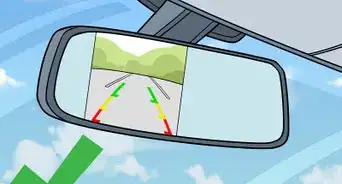
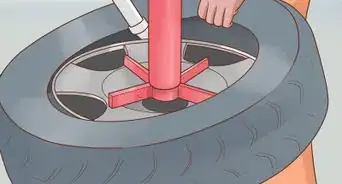

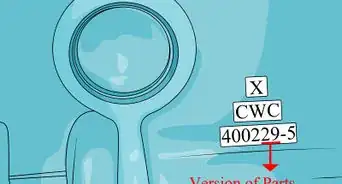
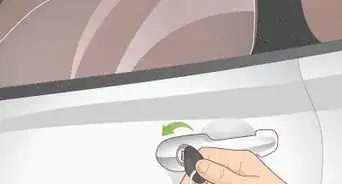
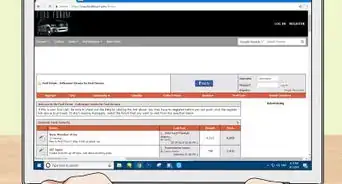
-Beetle-Step-5-Version-3.webp)
